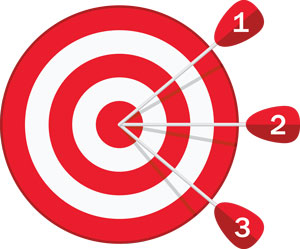Differential pressure between two rooms prevents dust, particulates, and pathogens from entering or exiting one room and going into the other. Depending on the relationship between rooms, one room will be under positive pressure when referenced against the other. This positive-negative pressure relationship between two spaces is the main idea behind clean rooms and isolation rooms. To ensure the differential pressure relationship is maintained, a measuring device must be used.
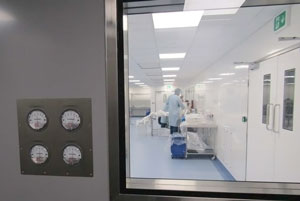
Room pressure monitors and room status monitors measure, display, and transmit the differential pressure reading between two rooms. In general, room pressure monitors only monitor differential pressure. On the other hand, room status monitors monitor differential pressure and additional parameters such as relative humidity, temperature, air change, or door status. They are both used in critical applications that require critical low differential pressure relationships. Continue reading “What are Room Pressure and Room Status Monitors?”

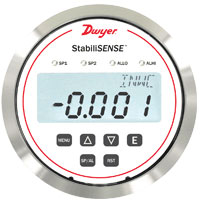

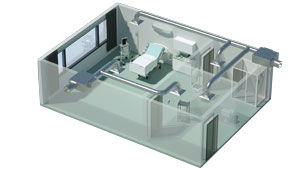

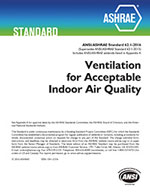 ASHRAE 62.1
ASHRAE 62.1